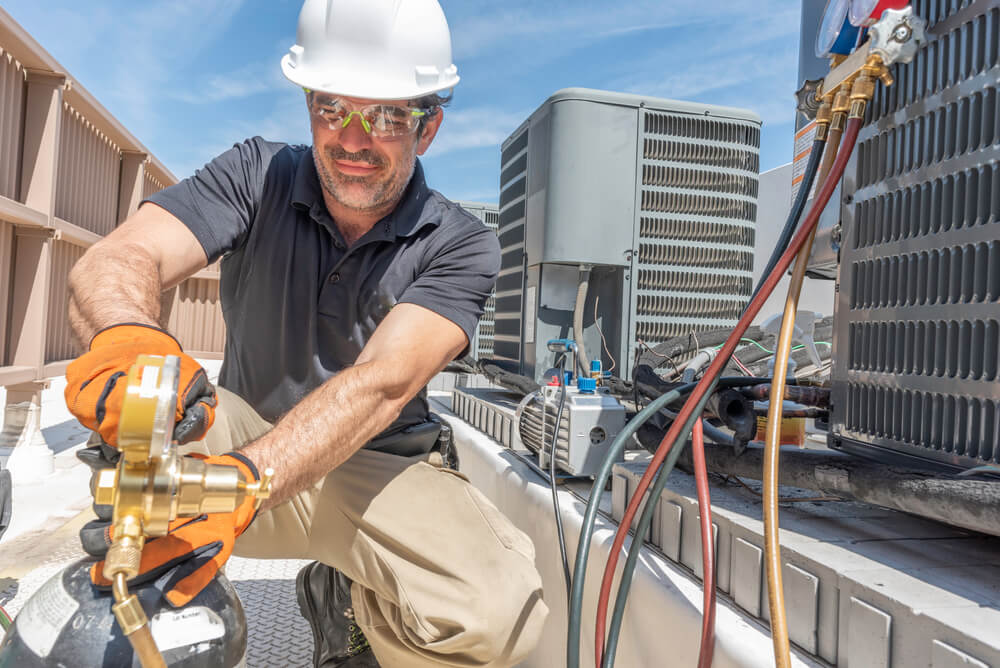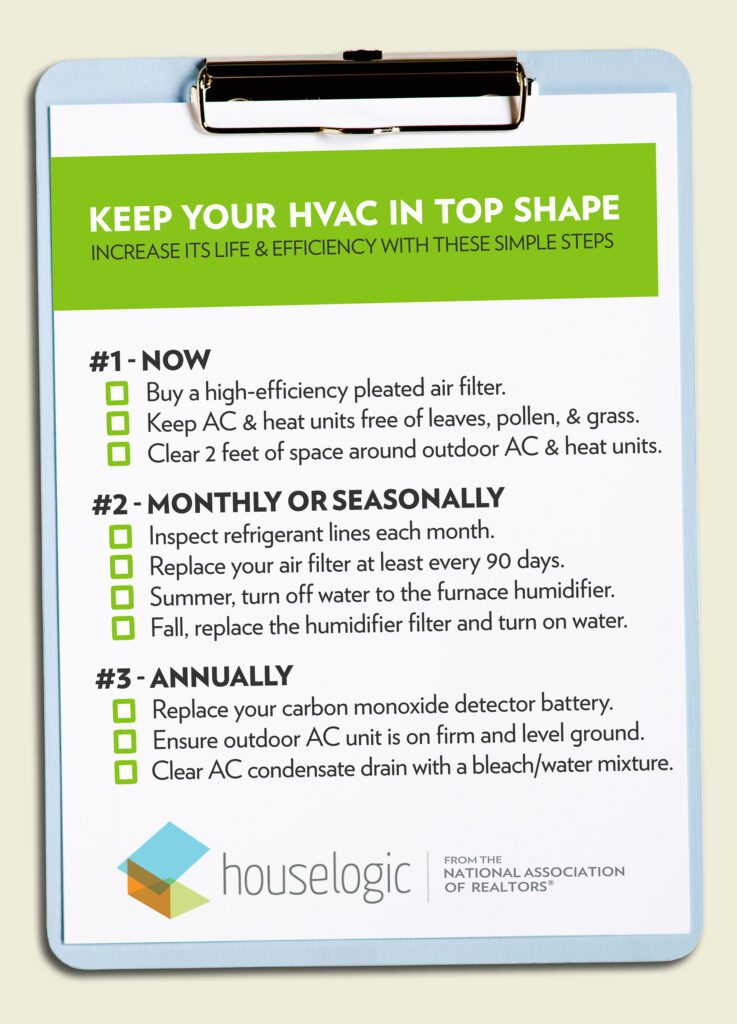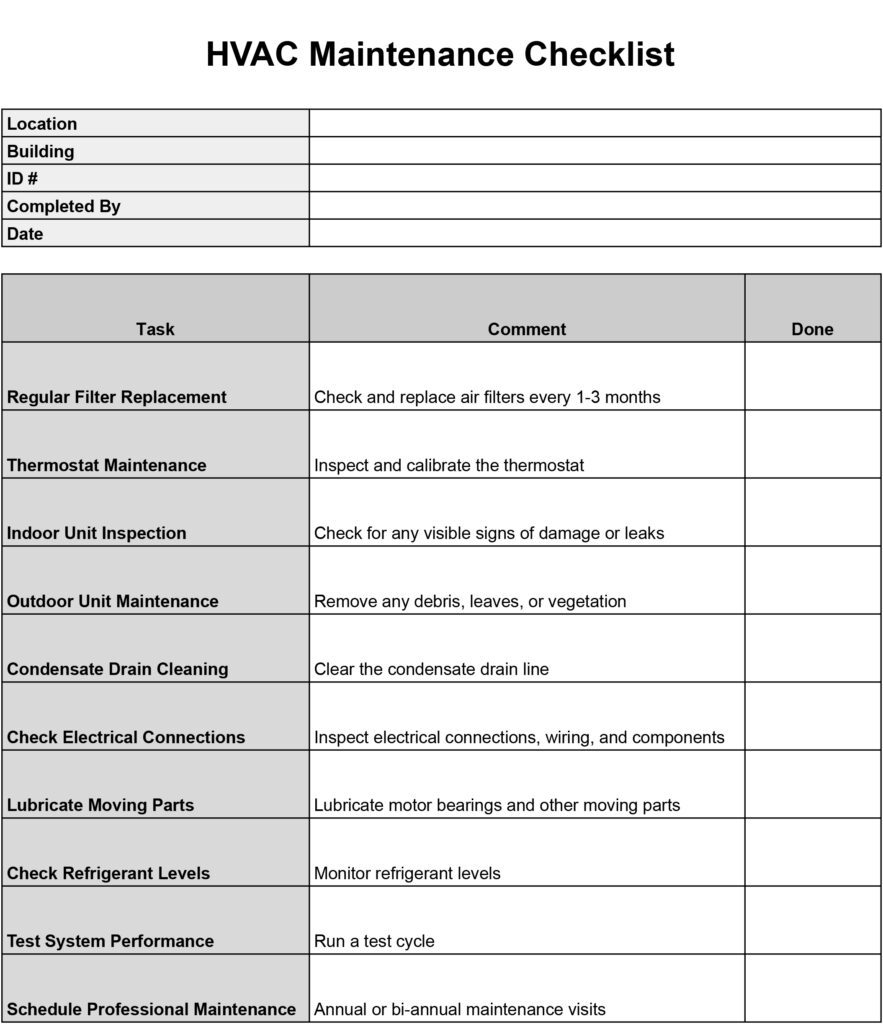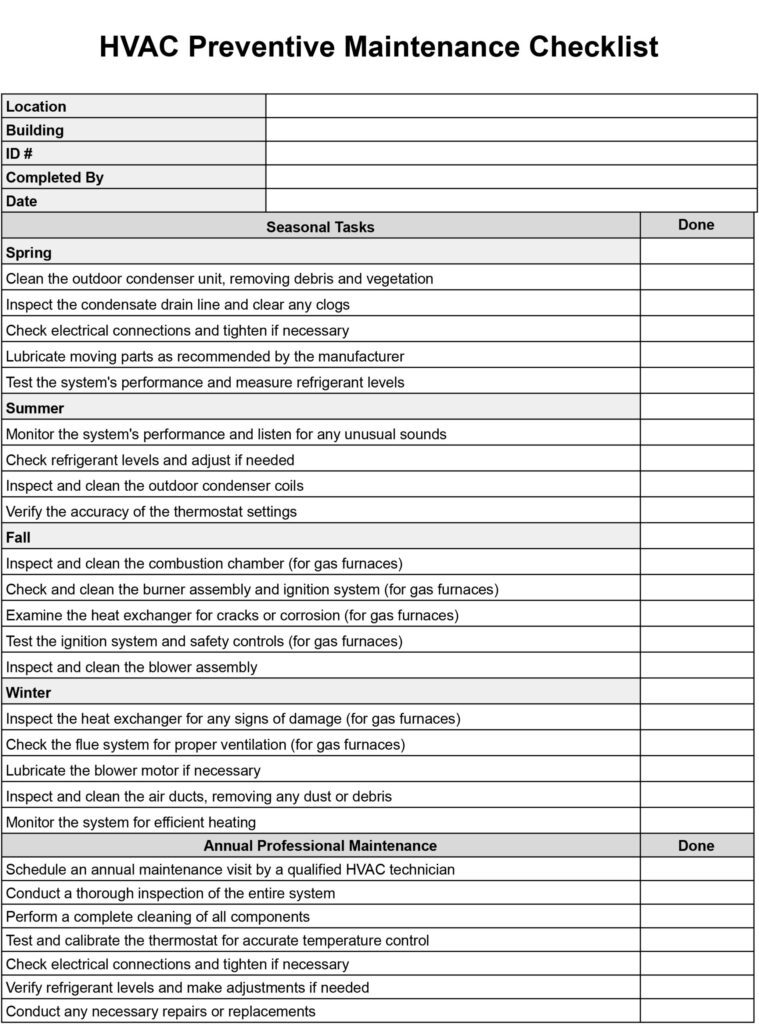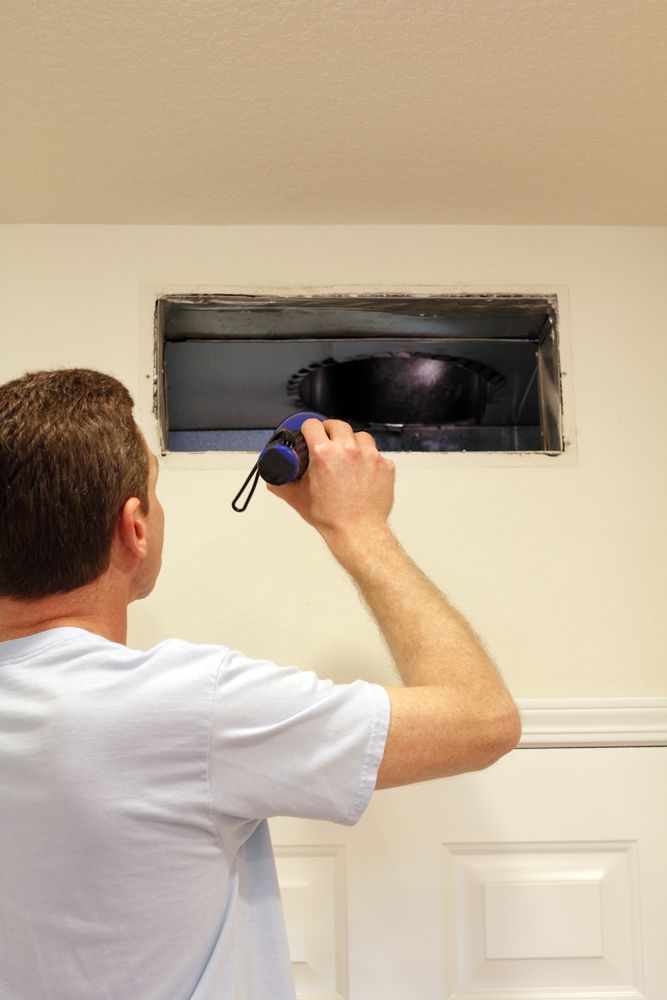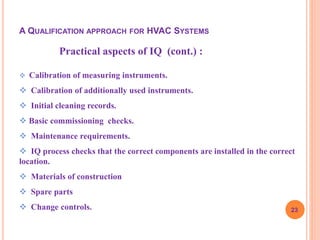If you’ve ever wondered where HVAC returns are located in your home, you’re not alone. HVAC systems play an important role in maintaining a comfortable and healthy indoor environment, and understanding the location of the returns is key to their efficiency. In this article, we will explore the various common locations where HVAC returns can be found, helping you gain a better understanding of how your system works and where to look for them. So, let’s get started on this journey of HVAC discovery!
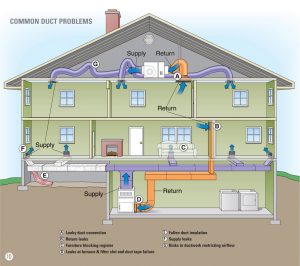

Common Locations for HVAC Returns
In the same rooms as supply vents
One common location for HVAC returns is in the same rooms as the supply vents. This setup allows for efficient and balanced airflow within each room. When the HVAC system is running, the supply vents distribute cooled or heated air into the room, while the return vents pull the air back into the system to be conditioned again. Placing the return vents in the same rooms as the supply vents ensures that the air circulation is effective and the room temperature remains comfortable.
In hallways or common areas
Another common location for HVAC returns is in hallways or common areas. This placement allows for the overall circulation of air in the house or building. Hallways and common areas are often central locations, making them ideal for return vents as the air can easily flow from the surrounding rooms towards these spaces. By having return vents in hallways or common areas, the HVAC system can collect the air from multiple rooms and return it to be conditioned, promoting better airflow and temperature control throughout the entire space.
In the ceiling
HVAC returns are sometimes installed in the ceiling. This location offers a discreet and aesthetically pleasing option as the vents can be concealed behind grilles or decorative panels. Ceiling return vents also provide effective air circulation, as hot air tends to rise and accumulate near the ceiling. By installing return vents in the ceiling, the HVAC system can efficiently remove the heated air and prevent it from settling at the top of the room, resulting in more balanced temperatures throughout the space.
In the floor
Floor-mounted HVAC returns are another option. These returns are typically installed low on the wall, near the floor. The advantage of placing HVAC returns in the floor is that cool air, which naturally sinks, can be effectively drawn into the system. Floor returns also minimize the amount of dust and debris that may enter the system compared to ceiling or wall-mounted returns. They can be particularly useful in rooms where the supply vents are located near the ceiling, as the return vents near the floor help to create a circulation pattern that aids in cooling the room more efficiently.
In the wall
Wall-mounted HVAC returns are a common choice as well. They are often located centrally on the walls, either near the ceiling or near the floor. Wall-mounted returns provide good airflow and can help in maintaining a balanced temperature in the room. Additionally, they can be easily integrated with the room’s layout and design, and can often be concealed behind decorative grilles or incorporated into the architectural elements of the space.
Factors to Consider in HVAC Return Location
Airflow efficiency
One important factor to consider when determining the location of HVAC returns is airflow efficiency. The return vents need to be strategically placed so that the air can flow freely from the room back into the HVAC system. If the return vents are too far from the supply vents, there may be a lack of airflow, resulting in reduced efficiency and performance of the HVAC system. Conversely, if the return vents are too close to the supply vents, there may be short-cycling issues where the conditioned air is immediately drawn back into the system, reducing its effectiveness. It is essential to find the right balance to ensure optimal airflow efficiency.
Noise reduction
Another factor to consider is noise reduction. HVAC systems can produce varying levels of noise during operation, especially when the air is being circulated. Placing the return vents strategically, such as in hallways or common areas, can help minimize the noise transmitted from the HVAC system into the individual rooms. Additionally, using sound-absorbing materials or installing dampers in the return ducts can further reduce noise levels. It is crucial to consider the noise impact when determining the location of HVAC returns to ensure a comfortable and quiet indoor environment.
Aesthetics
The aesthetic impact of HVAC return locations should not be overlooked. Return vents can significantly contribute to the overall appearance and design of a room or building. Depending on the preferences and style of the space, return vents can be hidden behind decorative grilles or integrated seamlessly into the architecture. Ceiling or wall-mounted returns can blend well with the existing design elements, while floor-mounted returns can offer a unique and stylish touch. When considering HVAC return locations, take into account the aesthetic aspect to ensure a cohesive and visually appealing environment.
Accessibility
Accessibility is an essential factor to consider when determining the location of HVAC returns. It is necessary to ensure that the return vents are easily accessible for cleaning, maintenance, and inspection. Return vents should not be obstructed by furniture, drapes, or other objects that may impede airflow. Consider the practicality of the chosen location and ensure that it allows for convenient access to the HVAC system components for routine servicing and any necessary repairs.
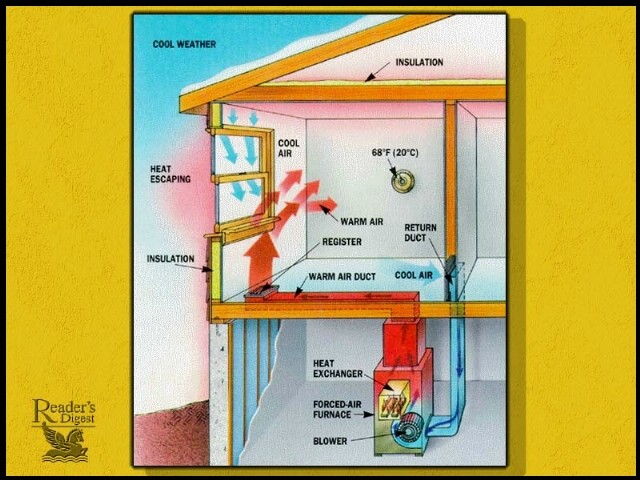

Specific Locations for HVAC Returns
High return vents
High return vents refer to HVAC returns located near or at the ceiling level. These vents are strategically placed to pull the warmer air, which rises, and return it to the system for cooling. High return vents are effective in rooms with supply vents near the floor or in spaces with tall ceilings. By positioning the return vents high, the HVAC system can efficiently remove the warmer air and create a more balanced and comfortable environment.
Low return vents
Low return vents are HVAC returns located near or at the floor level. These vents are designed to draw in the cooler air, which tends to sink, and direct it back into the system for heating. Low return vents are particularly useful in rooms with supply vents near the ceiling, allowing for proper air circulation and improved temperature distribution. The placement of low return vents helps in achieving a more efficient and balanced HVAC system operation.
Transfer grilles
Transfer grilles are another option for HVAC returns. These grilles are typically installed in doorways or walls between rooms to facilitate the movement of air from one space to another. Transfer grilles work by allowing air to pass through while connecting adjacent spaces. They are commonly used in rooms that do not require independent temperature control but still benefit from air circulation. Transfer grilles can help maintain a consistent temperature throughout multiple connected rooms, enhancing overall comfort.
Door undercuts
Door undercuts are a less visible option for HVAC returns. Undercuts refer to the gap between the bottom of the door and the floor, which allows air to pass through. By leaving a small clearance beneath the door, air can flow freely between rooms, enabling proper circulation. While door undercuts may not provide as much airflow as dedicated return vents, they can be a practical solution for small spaces or rooms that do not require intensive heating or cooling. Door undercuts contribute to a more balanced temperature and airflow within a dwelling or building.
Importance of Proper HVAC Return Location
Balanced airflow
Proper HVAC return location is crucial for achieving balanced airflow within a space. The return vents play a significant role in pulling the air back into the system, allowing it to be conditioned and redistributed throughout the area. If the return vents are poorly positioned or inadequate in number, the airflow can become uneven, leading to hot or cold spots in different areas of the room or building. A properly located HVAC return system ensures that the conditioned air is effectively circulated, resulting in consistent and comfortable temperatures throughout the space.
Improved indoor air quality
Another important benefit of proper HVAC return location is improved indoor air quality. The return vents help in removing the stale air, odors, and pollutants from the room or building, effectively capturing them in the air filter of the HVAC system. By regularly cycling the air through the return vents, the HVAC system can maintain a cleaner and healthier environment. Proper return vent placement ensures that the air is efficiently drawn back into the system, allowing it to be filtered and conditioned, ultimately promoting better indoor air quality.
Energy efficiency
Proper HVAC return location is essential for energy efficiency. When the return vents are strategically positioned, the HVAC system can effectively recirculate the conditioned air, reducing the energy required to heat or cool the space. With the right number and placement of return vents, the system can efficiently collect the air, remove any heat or moisture, and distribute it back into the space. This optimized process minimizes wasted energy, resulting in lower utility bills and a more sustainable operation.
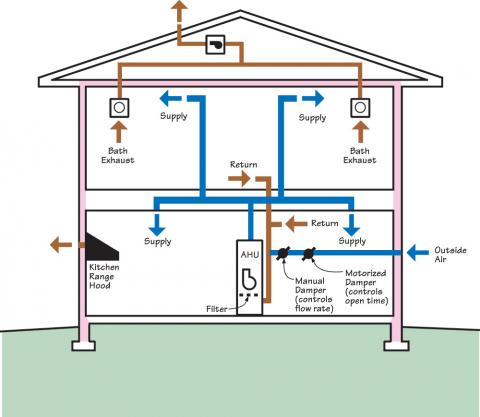

How to Determine the Right HVAC Return Location
Consult an HVAC professional
One of the best ways to determine the right HVAC return location is to consult an HVAC professional. These professionals have the knowledge and expertise to assess the specific needs and constraints of your space. By evaluating factors such as room layout, ductwork design, and desired airflow, an HVAC professional can provide valuable insights and recommendations for the optimum return vent locations. Their expertise can help ensure that your HVAC system operates efficiently and provides optimal comfort.
Conduct a load calculation
A load calculation is an essential step in determining the right HVAC return location. This calculation involves assessing factors such as room size, insulation levels, and the number of occupants to determine the heating and cooling requirements of the space accurately. By conducting a load calculation, you can identify the areas that require the most airflow and temperature control, which in turn helps determine the best locations for return vents. Consulting an HVAC professional or using load calculation software can provide accurate results and guide you towards an informed decision.
Consider room layout
The layout of the room or building is another important consideration when determining the HVAC return locations. Take note of the location of the supply vents, windows, and doors, as well as any potential obstacles or obstructions. By considering the room layout, you can identify areas that may require additional return vents or areas where return vents may be obstructed by furniture or other objects. Assessing the room layout will allow you to make informed decisions about the optimal placement of HVAC returns.
Test different locations
In some cases, it may be necessary to test different return vent locations to determine the most effective setup. By temporarily installing return vents in different areas and evaluating the airflow and temperature distribution, you can assess the impact of each location. Keep in mind that this should be done in consultation with an HVAC professional to ensure safety and to avoid any permanent modifications that may be unnecessary after finding the ideal location. Testing different locations provides valuable firsthand experience and can help fine-tune the HVAC system for optimal performance.
Potential Issues with Incorrect HVAC Return Location
Hot or cold spots
Incorrect HVAC return location can lead to the formation of hot or cold spots in the room or building. If the return vents are poorly positioned or inadequate in number, the conditioned air may not be adequately circulated. This can result in areas where the temperature is significantly different from the rest of the space, leading to discomfort for the occupants. Hot or cold spots can make a room or building feel inconsistent and may require adjustments to the return vent locations to achieve balanced airflow.
Inadequate airflow
Another issue that can arise from incorrect HVAC return location is inadequate airflow. Insufficient return vents or poor placement can restrict the airflow into the HVAC system, causing the system to strain and work harder to meet the temperature requirements. This can result in reduced cooling or heating effectiveness and may lead to higher energy consumption. It is essential to ensure that the return vents are properly sized and placed to facilitate sufficient airflow, enabling the system to work efficiently.
Inefficient HVAC system operation
Incorrect HVAC return location can also lead to inefficient system operation. If the return vents are placed too close to the supply vents, short-cycling can occur. Short-cycling refers to the condition where the conditioned air is immediately drawn back into the system without having a chance to circulate properly in the room. This can cause the HVAC system to cycle on and off frequently, wasting energy and reducing the overall efficiency of the system. Properly located return vents allow for sufficient circulation, optimizing the operation of the HVAC system.
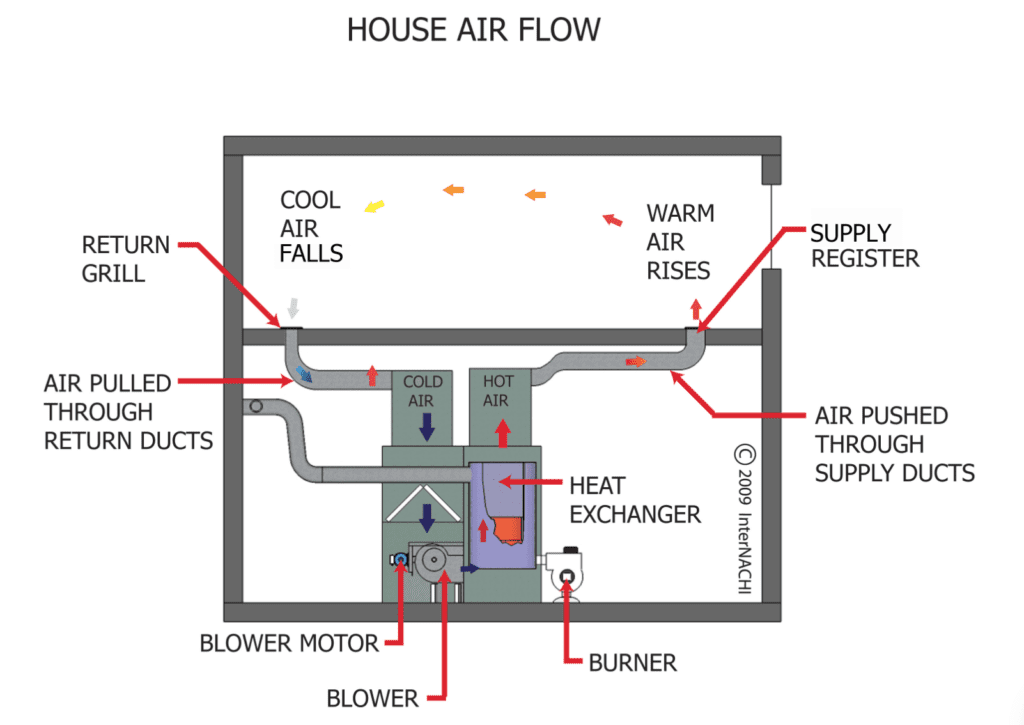

Considerations for Commercial HVAC Return Locations
Occupancy and building codes
When determining HVAC return locations in commercial buildings, occupancy and building codes must be taken into account. Occupancy rates and the number of occupants in each area help determine the required airflow and temperature control for each space. Additionally, building codes often dictate minimum standards for ventilation and air circulation, which may influence the placement of commercial HVAC returns. It is essential to comply with these regulations to ensure a safe and comfortable environment for building occupants.
Air quality standards
Commercial buildings often have specific air quality standards that need to be met. These standards may be set by regulatory organizations or specific industries. Proper HVAC return location is crucial for achieving the desired air quality levels by effectively removing pollutants and providing adequate ventilation. By considering the air quality standards applicable to the specific commercial setting, HVAC return vents can be strategically placed to meet the requirements and maintain a healthy indoor environment.
Noise control
Noise control is another consideration in commercial HVAC return locations. In office buildings, retail spaces, or healthcare facilities, excessive noise from HVAC systems can adversely affect productivity and patient comfort. Proper placement of return vents, such as in hallways or other central areas, can help in minimizing noise transmission from the HVAC system into individual rooms or workspaces. Additional noise control measures, such as using sound-absorbing materials or adjusting airflow velocities, may also be necessary to meet the specific noise requirements of the commercial space.
Common Mistakes in HVAC Return Location
Placing return vents too close to supply vents
One common mistake in HVAC return location is placing the return vents too close to the supply vents. This can lead to short-cycling, where the conditioned air is immediately drawn back into the system without adequately circulating in the room. To avoid this issue, it is important to ensure that there is sufficient distance between the supply and return vents to allow for proper airflow and temperature distribution. The exact distance required may vary based on factors such as the size of the room and the capacity of the HVAC system, and consulting an HVAC professional can help determine the appropriate spacing.
Not providing enough return vents
Another mistake is not providing enough return vents for the size and layout of the space. Inadequate return vents can restrict the airflow and strain the HVAC system. The number of return vents required depends on factors such as the square footage of the area, the number of occupants, and any specific ventilation requirements. By ensuring the correct number of return vents, the system can effectively pull in the air to be conditioned, promoting balanced airflow and efficient operation.
Blocking return vents with furniture or objects
A common mistake made by homeowners is blocking return vents with furniture or other objects. When return vents are obstructed, the air cannot freely flow into the system, resulting in reduced efficiency and performance. It is important to ensure that return vents are not covered or blocked by furniture, drapes, or any other objects. Keep the surrounding area clear to allow unobstructed airflow and maximize the effectiveness of the HVAC system.
Using small or restrictive return grilles
Using small or restrictive return grilles is another mistake to avoid. Return grilles play a vital role in allowing airflow into the return ducts. If the grilles are too small or have restrictive designs, the airflow can be significantly restricted, reducing the overall efficiency of the HVAC system. It is important to select appropriately sized return grilles that provide sufficient open area for efficient air movement. Consulting with an HVAC professional can help in choosing the right return grilles that will optimize the airflow and performance of the system.
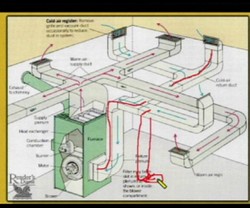

Maintenance and Cleaning of HVAC Returns
Regular cleaning of grilles
Regular cleaning of HVAC return grilles is essential to maintain proper airflow and prevent the buildup of dust and debris. Over time, grilles can become dirty, obstructing the airflow and reducing the efficiency of the HVAC system. Use a vacuum cleaner or a soft brush attachment to remove any dust, dirt, or other particles accumulated on the grilles. For thorough cleaning, the grilles can be removed and soaked in warm soapy water, rinsed, and dried before reinstalling.
Inspecting for proper airflow
Regularly inspecting HVAC returns for proper airflow is crucial for identifying any issues or obstructions that may be affecting performance. Check that the air is evenly flowing into the return vents and observe if there are any noticeable restrictions or irregularities. Address any concerns or abnormalities promptly to prevent further problems and ensure the HVAC system operates efficiently and effectively.
Addressing any airflow issues
If there are any airflow issues with the HVAC returns, it is important to address them promptly. Airflow issues can arise due to obstructions, damaged ductwork, or insufficient return vent sizing. Consult an HVAC professional to identify the cause of the airflow problem and recommend the appropriate solution. It may be necessary to clean the ducts, repair or replace damaged components, or make adjustments to the return vent locations to resolve the issue. Acting promptly to address airflow issues helps maintain the optimal performance and longevity of the HVAC system.
Conclusion
Proper HVAC return location is crucial for achieving balanced airflow, improved indoor air quality, and energy efficiency. By considering factors such as airflow efficiency, noise reduction, aesthetics, and accessibility, the optimal locations for HVAC returns can be determined. It is important to consult an HVAC professional, conduct load calculations, consider room layout, and test different locations to find the right placement. Incorrect HVAC return location can lead to issues such as hot or cold spots, inadequate airflow, and inefficient system operation. In commercial settings, factors such as occupancy and building codes, air quality standards, and noise control should be taken into consideration. Avoid common mistakes like placing return vents too close to supply vents, not providing enough return vents, blocking return vents with furniture, or using small or restrictive return grilles. Regular cleaning and maintenance of HVAC returns, including cleaning grilles, inspecting for proper airflow, and addressing any issues, are essential for optimal performance. By following these guidelines, you can ensure that your HVAC system operates efficiently and provides a comfortable and healthy indoor environment.


